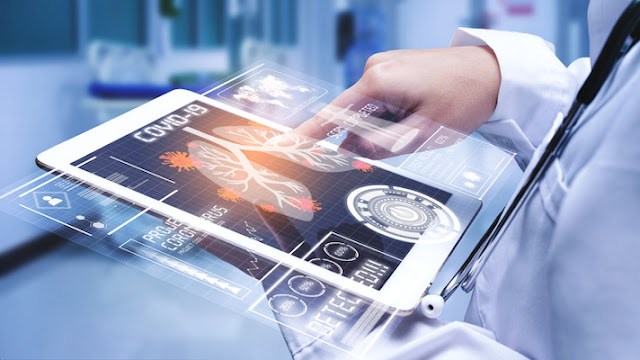The Power of Remote Patient Monitoring: Empowering Patients for Active Healthcare
Introduction
Welcome to 2chealth.com, your trusted source for healthcare
insights. In this blog post, we delve into the realm of remote patient
monitoring (RPM) and uncover its transformative impact on healthcare delivery.
RPM empowers patients to take an active role in their own care by providing
continuous monitoring, personalized support, and timely interventions. Join us
as we explore the power of RPM in transforming healthcare and fostering patient
empowerment.
Remote patient monitoring involves the use of technology to
collect and monitor patient health data outside of traditional healthcare
settings. Through wearable devices, mobile apps, and telehealth platforms,
patients can transmit vital signs, symptoms, and other health-related
information to healthcare providers in real-time. This allows for ongoing
monitoring, early detection of potential issues, and personalized
interventions.
RPM empowers patients by providing them with a heightened
sense of control over their health and well-being. Patients become active
participants in their care, equipped with the knowledge and tools to make
informed decisions. With access to their own health data, patients gain
insights into their conditions, enabling them to better understand their bodies
and manage their health proactively. The continuous monitoring offered by RPM
also helps patients recognize patterns, triggers, and progress, enabling them
to take charge of their lifestyle choices and treatment adherence.
The power of RPM lies in its ability to improve patient
outcomes significantly. By closely monitoring patients' health data, healthcare
providers can detect early warning signs, prevent complications, and intervene
promptly. Timely interventions based on real-time data allow for proactive adjustments
to treatment plans, reducing the risk of adverse events and hospital
readmissions. RPM also facilitates personalized care, as healthcare providers
can tailor treatment strategies to individual patients' needs, leading to
improved treatment effectiveness and patient satisfaction.
RPM has the potential to bridge geographical barriers and
improve access to healthcare services, particularly for patients in remote
areas or with limited mobility. Through telehealth platforms, patients can
consult with healthcare providers from the comfort of their homes, reducing the
need for unnecessary travel and enabling more frequent check-ins. This not only
enhances convenience but also promotes regular communication and builds
stronger patient-provider relationships. RPM can also support vulnerable
populations, such as the elderly or those with chronic conditions, by ensuring
ongoing monitoring and providing immediate assistance when needed.
RPM not only empowers patients but also enhances the
capabilities of healthcare providers and care teams. By receiving real-time
data, healthcare professionals can proactively intervene, optimize treatment
plans, and prioritize high-risk patients. This enables more efficient use of
resources and allows providers to allocate their time and attention where it is
most needed. RPM also promotes collaborative care, as healthcare providers can
easily share patient data, consult with specialists, and involve patients in
shared decision-making, resulting in improved care coordination and
comprehensive treatment strategies.
The power of remote patient monitoring is revolutionizing
healthcare delivery, empowering patients to actively participate in their own
care. By providing continuous monitoring, personalized support, and timely
interventions, RPM improves patient outcomes, enhances access to healthcare,
and enables patients to make informed decisions about their health. As we
embrace the possibilities offered by RPM, we move toward a future where
patients are partners in their care journey, leading to better healthcare
experiences and improved overall well-being.

.jpeg)
.jpeg)
Comments
Post a Comment